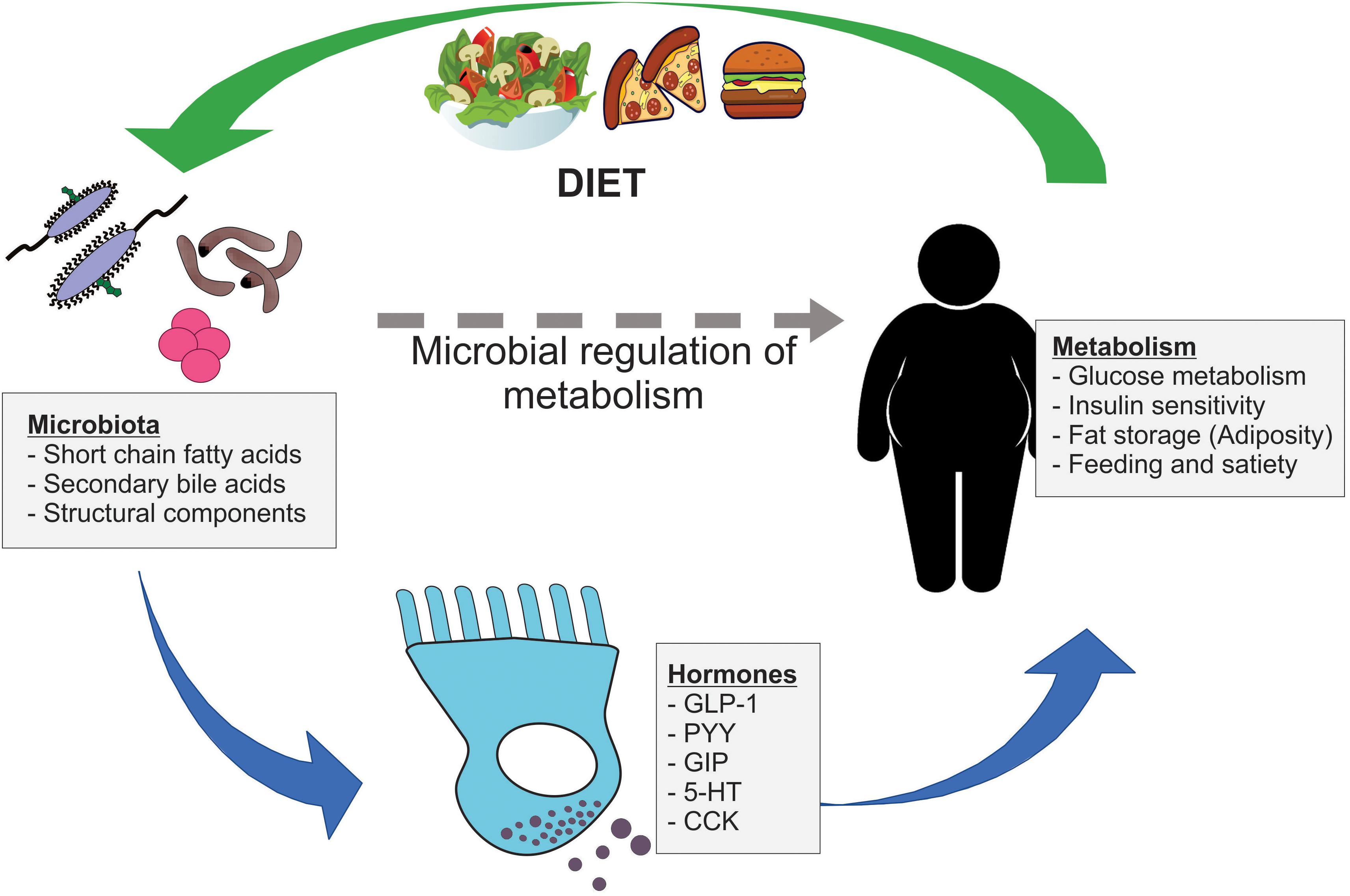NUTRITION
Vitamins
Our bodies need
Vitamins to function well
Vitamins have different jobs to help keep the body working properly
There are 13 essential Vitamins, Though most people only know the first 4
Vitamin A
Vitamin A is important for normal vision, the immune system, and reproduction. Vitamin A also helps the heart, lungs, kidneys, and other organs work properly.
The top food sources of vitamin A are dairy products, liver, fish, and fortified cereals
Vitamin B
vitamin b have a direct impact on your energy levels, brain function, and cell metabolism.
Foods high in Vitamin B are Salmon,
Liver and Other Organ Meats
Eggs
Milk
Beef
Vitamin C
Vitamin C helps with growth, development and repair of all body tissues
Food sources of vitamin C are
citrus fruit, such as oranges and orange juice.
peppers.
strawberries.
blackcurrants.
broccoli.
brussels sprouts.
potatoes.
Vitamin D
Vitamin D helps regulate the amount of calcium and phosphate in the body. These nutrients are needed to keep bones, teeth and muscles healthy.
Foods high in vitamin D are Fatty fish, like tuna, mackerel, and salmon.
Foods fortified with vitamin D, like some dairy products, orange juice, soy milk, and cereals.
Beef liver.
Cheese.
Egg yolks.
Nutrition groups
Meats/Protein
Reduced appetite and increased metabolism. Many studies have shown that high-protein diets that include meat increase metabolic rate, reduce hunger
Eat meats that contain little fat to ensure you get the protein you need without consuming so many fats
Grains
Subtopic
Half of the grains you eat should be whole grains because they contain more health benefits and are more safer for the body then other types.
Dairy
the benefits of dairy are Keep muscles, bones, nerves, teeth, skin and vision healthy.
Release energy from foods and reduce tiredness and fatigue.
Maintain healthy blood pressure.
Support normal growth and brain development.
And even support normal immune functioning.
Always choose low fat dairy products such as low fat milk so you get your necessary calcium but avoid the fat
Fats
A small amount of fat is an essential part of a healthy, balanced diet. Fat is a source of essential fatty acids, which the body cannot make itself. Fat helps the body absorb vitamin A, vitamin D and vitamin E.
Try to eat sugars and fat in moderation as they do not contain a whole lot of nutrients to help the body though they are good to have in small quantity
Vegitbles
vegetables can lower blood pressure, reduce the risk of heart disease and stroke, prevent some types of cancer, lower risk of eye and digestive problems, and have a positive effect upon blood sugar, which can help keep appetite in check.
Be sure to eat different colours of vegetables to get different amount of nutrients
Fruits
Fruits are an excellent source of essential vitamins and minerals, and they are high in fiber. They also help boost the imune system
Eat a lot of fruits they are really good foods that give you that sweet taste and good nutrients all thought eating to much of one fruit can be bad. To much is alway to bad.
Calories
A calorie is a unit of measurement but it doesn't measure weight or length. A calorie is a unit of energy. When you hear something contains 100 calories, it's a way of describing how much energy your body could get from eating or drinking it.
Calories can be good and bad it just depends on Your intake level and how often do you eat a Cretan amount. There are specific calories a person has to take based on there age weight and hight
calories bring in nutrients that help the body function it brings in energy and is like the fuel to the human body.
Sometimes people who take in more then enough calories get obese and tty loosing the extra calories they gained because to much calorie intake can lead to some serious problems in the body
Metabolism
Metabolism Are the chemical reactions that happen in a human body
The 3 main purposes of metabolism
Conversion of food to energy
to run cellular processes
the conversion of food/fuel
to building blocks for proteins, lipids, nucleic acids, and some carbohydrates
the elimination of metabolic wastes
Remove toxic substances from the body
An example of a metabolic reaction is the one that takes place when a person eats a spoonful of sugar. Once inside the body, sugar molecules are broken down into simpler molecules with the release of energy.

Energy Balance
Energy input
Number of calories consumed over the time period of 1 day
energy output
Number of calories we burn over the time period of 1 day
Energy balance equation= Energy input- energy output
Energy balances
Negative energy balance
Positive energy balance
Energy balance
Food labels
Sugars
Brown sugar
Fancy molasses
sugar
Food labels can help you compare and choose products
sodium
Salt
Sodium is a mineral
Iron
A key mineral which is needed for the transport of oxygen
Fats
Fats are not always bad and they are needed by the body
trans fat
saturated fat
Monounsaturated
Polyunsaturated
Canada food guide
Canada food guide provides Canadians with recommendations for healthy eating
Whole grain foods
Filled with nutrients
Vegetable and fruits
They contain good fats
There filled with nutrients
They boost your fibre intake
Diary
Help build your bones
Reduces the risk of dieseases
Meat and alternative
Source of protein
Food Claims
Health claim
Describes the potential health affects of a food product if consumed within a healthy diet.
Nutrient content claim
Describes the amount of nutrients
Fat free
Low sodium
High source of fibre
Companies cannot create a food or nutrient claim if the label has no neutron facts table
